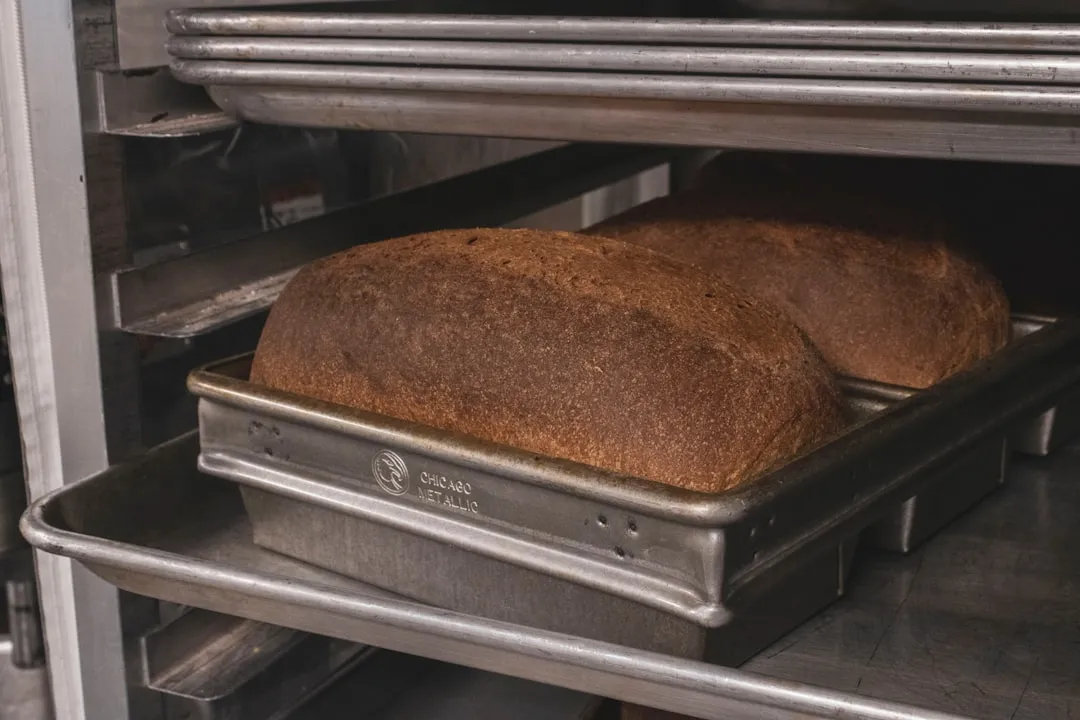Fish are delicate, flaky, and can be damn tricky to cook; more often than not, you end up with a hard, dry block of flesh that makes your taste buds sad. And the best ways to cook fish that you know of — c'mon, who doesn't love a fried fish — take way too much effort for you to bother with on a weeknight. Or maybe you're looking for a healthier way to enjoy fish that doesn't require batter or frying at all.
Here's a sweet tip that will sound blasphemous at first but that you'll learn to love as soon as you give it a try: you can cook your fish in the microwave. I'll go even further — not only can you zap your fish, you should zap your fish. It's so easy and fast that you'll wish you'd given it a whirl sooner.
But first, the elephant in the room
Let's get the number one issue everyone has with microwave cooking out of the way first (other than the tinfoil hats that think microwaves can cause cancer): microwaves don't zap the nutrition out of your food. In fact, according to an article from Harvard Medical School, cooking with a microwave can actually preserve nutrients that break down when heated over more traditional cooking methods (since microwave cook times are shorter).

So, how does this work?
Well, the name of the game here is steaming, because that's essentially what you'll be doing with the microwave. This trick is extremely similar to the en papillote technique of steaming a fish in parchment paper (or foil) in the oven — except it's way faster and way less fuss. Just make sure you're using a boneless fish filet.
Place the filet on a microwave-safe dish.
Season your filet — salt and pepper (or not pepper?) are old standards, but you can throw in lemon, garlic, herbs, other spices, and so on. Want to make a tasty mahi-mahi filet with orange slices and a five-spice rub? Get 'er done, my friend.
Add a teaspoon of liquid to keep the fish moist during cooking. Water is fine, but white wine is better! Also consider trying fish stock, a citrus juice, or even milk.
Cover your dish with a microwave-safe lid (if you're using a reusable container) or plastic wrap. If you're using plastic wrap, make sure to wrap it thoroughly so no steam escapes.

Image via Laura Holman/Food Hacks
Microwave your fish! The time your filet spends cooking depends on its thickness. Heavier filets like salmon or cod will take 4–5 minutes in a 1,000-watt microwave, while thinner filets like tilapia will take around 3 minutes. If the fish isn't completely opaque by the end of your original cook time, keep microwaving in 30-second increments until it's done.
Allow the dish to cool for 1–2 minutes before removing it from the microwave, as it will be (literally) steaming hot.

Image via Laura Holman/Food Hacks
So wrong, it's right
You already know how much easier your life can be when cooking with a microwave, so I don't see any reason you should shy away from using it for fish, too. It may sound wrong and disgusting at first, but you'll get over your trepidation real quick when you take your first flaky, perfectly-seasoned bite.
If you're interested in learning more fish hacks, check out Laura's original article on cooking fish without really cooking it.
If you've zapped your fish in the past or decide to give it a try after reading this article, we want to hear from you! Join the discussion in the comments below.
More clever microwave hacks
Cover photo via Laura Holman/Food Hacks.

























Comments
Be the first, drop a comment!